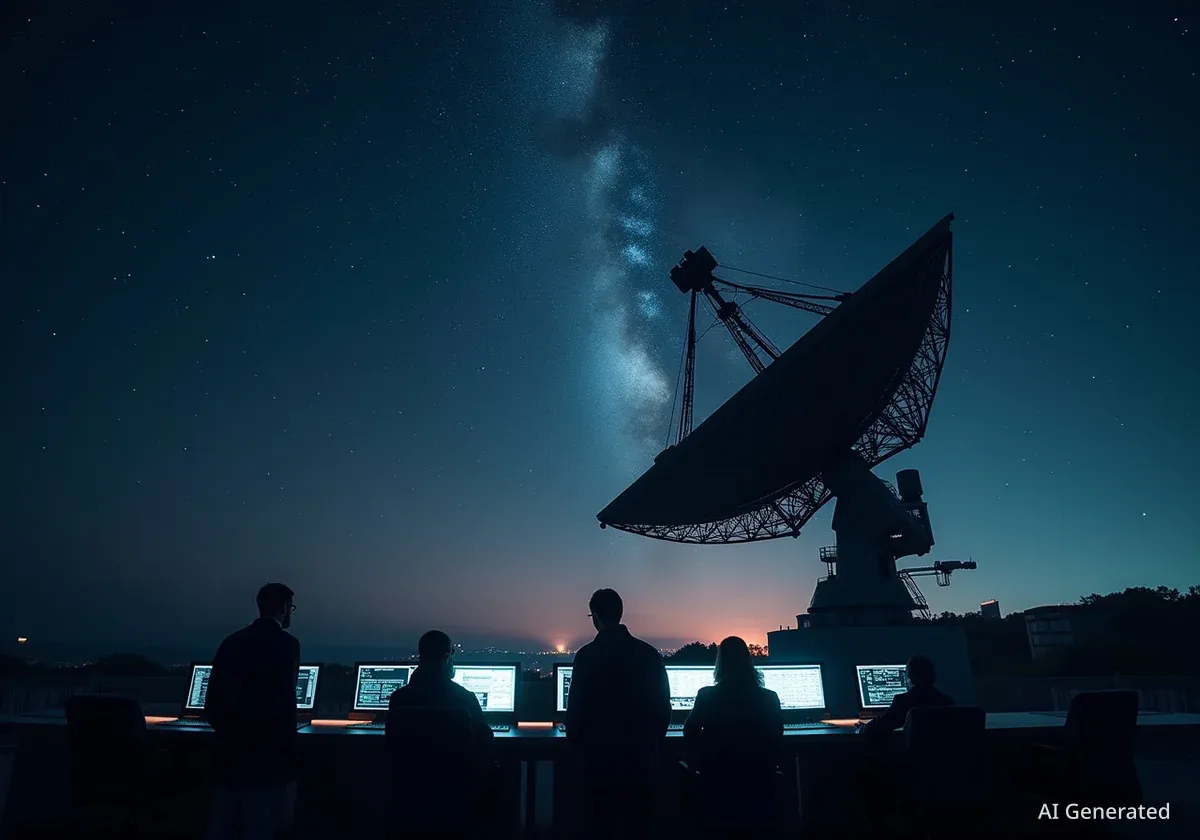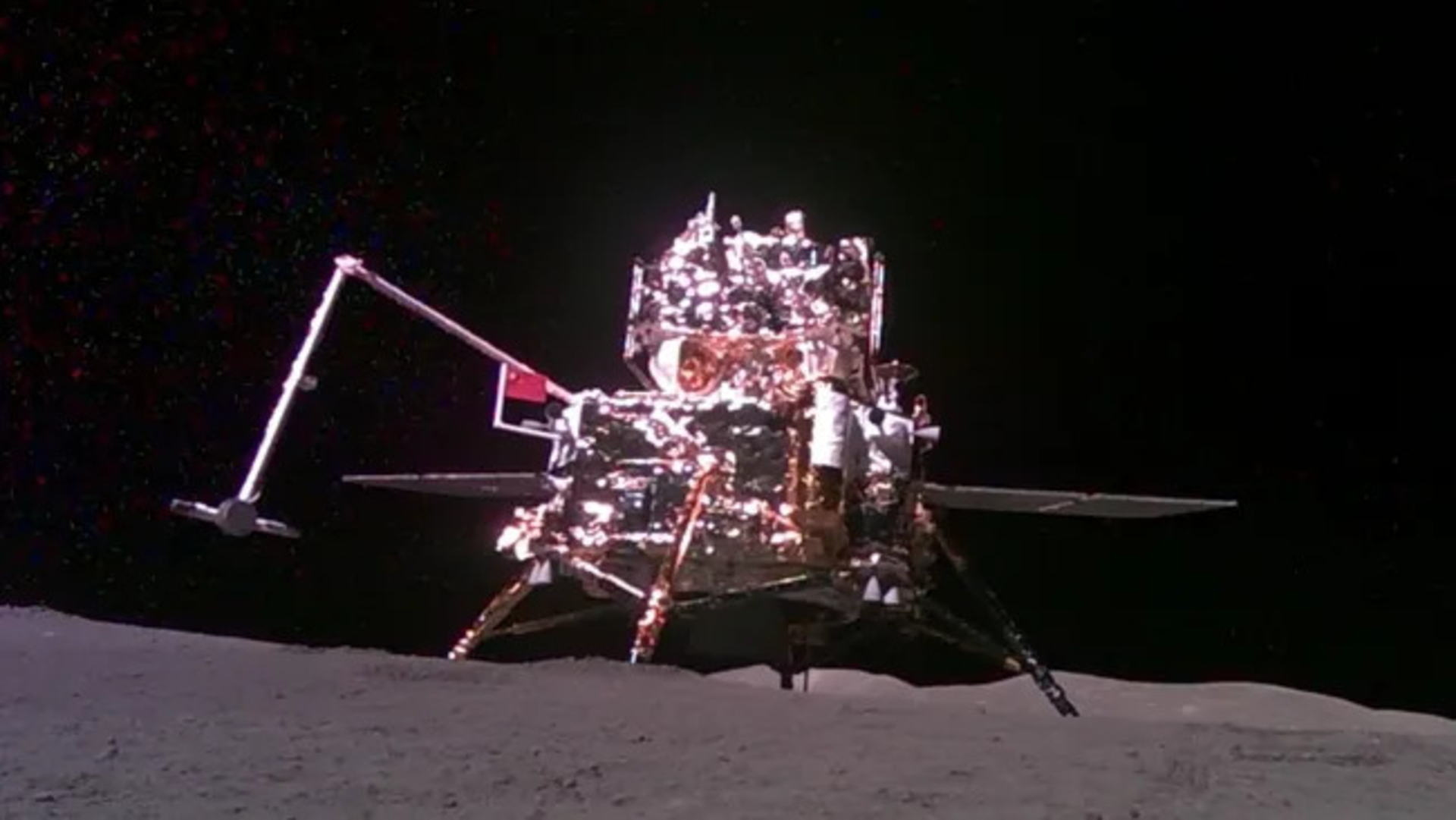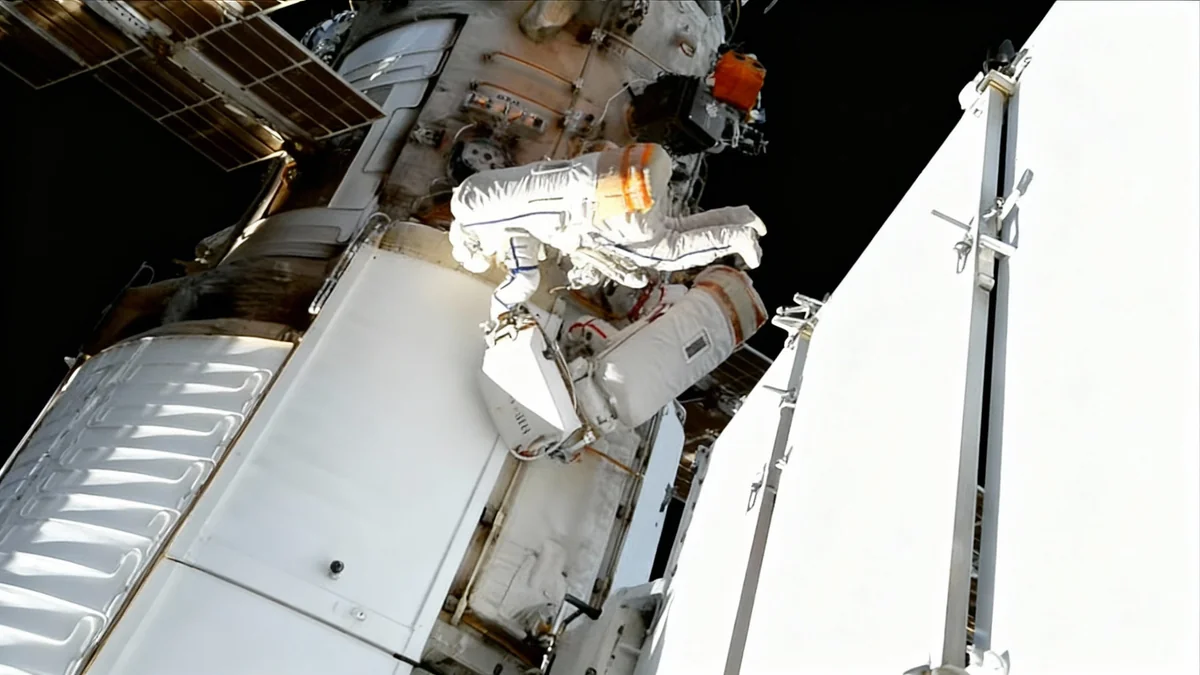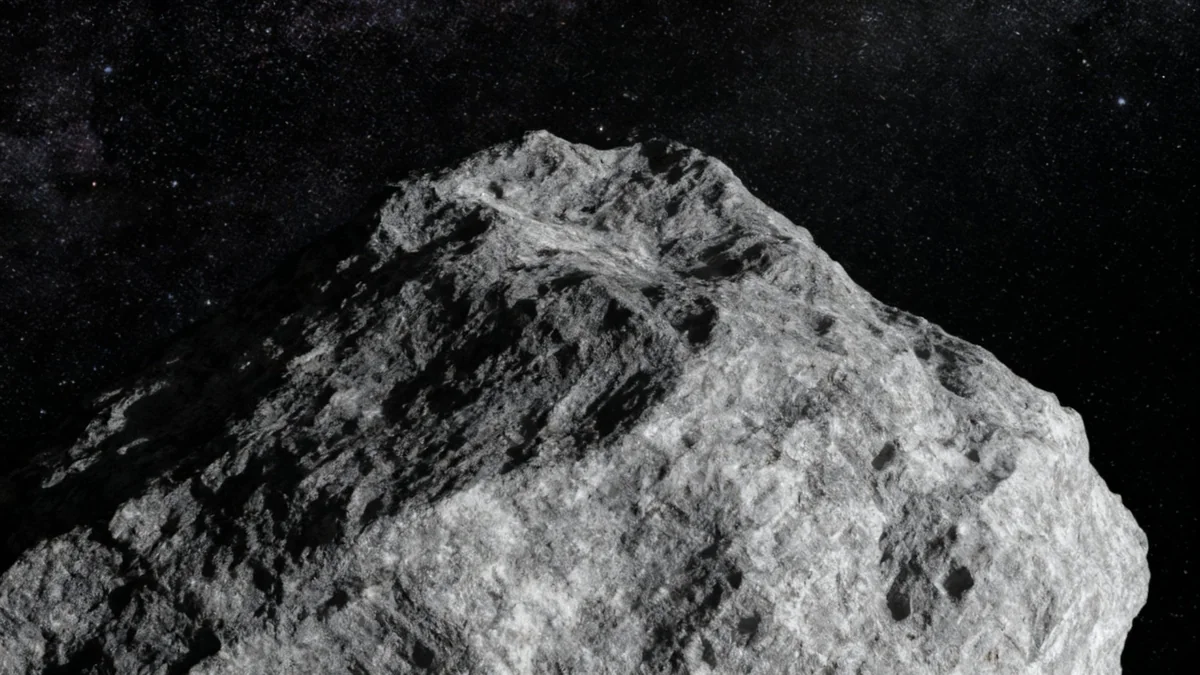In late October, when a temporary U.S. government shutdown halted data flow from NASA, the global astronomical community faced a critical information blackout. An interstellar object, designated 3I/ATLAS, was moving through our solar system, but updates on its path suddenly stopped. In this moment of uncertainty, a network of observatories across India mobilized, ensuring the world did not lose sight of the distant visitor.
Key Takeaways
- A U.S. government shutdown caused a temporary disruption in NASA's data servers, halting updates on interstellar object 3I/ATLAS.
- Astronomical observatories in India filled the void, providing crucial tracking data to the global community.
- Institutions like ARIES, IIA, and IUCAA conducted emergency observations to maintain the object's trajectory model.
- The data collected in India was relayed to European agencies, preventing a critical gap in observation as the object faded from view.
A Sudden Silence in the Stars
For astronomers around the world, the daily updates from NASA are a vital resource. When tracking fast-moving objects like comets or asteroids, timely positional data is essential. In late October, that reliable stream of information for the interstellar object 3I/ATLAS abruptly ceased.
The cause was a temporary U.S. government shutdown, which impacted several of NASA's automated data servers. Researchers who relied on these systems for fresh coordinates were left without the necessary information to point their telescopes. With 3I/ATLAS growing dimmer and more distant each night, the risk of losing it permanently was very real.
What is an Interstellar Object?
An interstellar object is a celestial body, like an asteroid or comet, that passes through our solar system but does not originate from it. These objects provide a rare opportunity for scientists to study material from another star system up close. Tracking their trajectory is crucial for understanding their origin and composition.
India's Observatories Fill the Void
As American systems went quiet, the night skies over India became a critical observation window. A coordinated effort among several Indian institutions quickly emerged to fill the data gap. Observatories managed by the Indian Institute of Astrophysics (IIA), the Aryabhatta Research Institute of Observational Sciences (ARIES) in Nainital, and the Inter-University Centre for Astronomy and Astrophysics (IUCAA) in Pune took on the task.
At the ARIES Devasthal Optical Telescope, one of the most powerful instruments in Asia, researchers initiated emergency night sessions. Their goal was to capture new positional data and send it directly to the Minor Planet Center (MPC), the global clearinghouse for such information. This ensured the international network had a continuous feed of coordinates.
Meanwhile, at the Vainu Bappu Observatory in Tamil Nadu, astronomers worked through the pre-dawn hours. They manually adjusted their observation schedules to prioritize 3I/ATLAS, understanding the urgency of the situation. A researcher involved in the effort later recounted the pressure of those nights.
"It was one of those nights when the stars felt like responsibility. We knew if we missed a frame, the world might never get it back."
A Global Data Relay
The effort was not confined to simply observing. As dawn approached in India, teams at IUCAA Pune and IIA Bengaluru worked to compile the data collected overnight. This information was then uploaded to shared cloud archives accessible to their European counterparts.
This rapid data sharing allowed organizations like the European Space Agency (ESA) and the European Southern Observatory (ESO) to recalibrate their own tracking algorithms. By the time their telescopes came online hours later, they were equipped with the latest positional information, seamlessly continuing the global watch.
Why the Final Nights Mattered
As 3I/ATLAS moved further away, it grew fainter and was increasingly obscured by solar glare. The final few nights of visibility were the last chance to gather precise measurements. Without the data from India, the object's trajectory would have contained significant blind spots, making it much harder for scientists to reconstruct its path and determine its origin.
Persistence Under Clear Skies
As NASA's data disruption continued, datasets from India became the primary source for astronomers worldwide to verify the final leg of 3I/ATLAS's journey through our solar system. The incident highlighted the importance of a decentralized, global network of observatories.
For a brief but critical period, India became the nexus of interstellar observation. This was not the result of a high-profile space mission, but rather the quiet, persistent work of its scientific community. Through their diligence, a valuable piece of cosmic data was saved, ensuring that the mysteries of 3I/ATLAS could continue to be studied for years to come.





